Women in Astrophotography Share Their Tips and Tricks
We sat down with a group of women in astrophotography, to get their top tips for capturing pictures of the night sky.
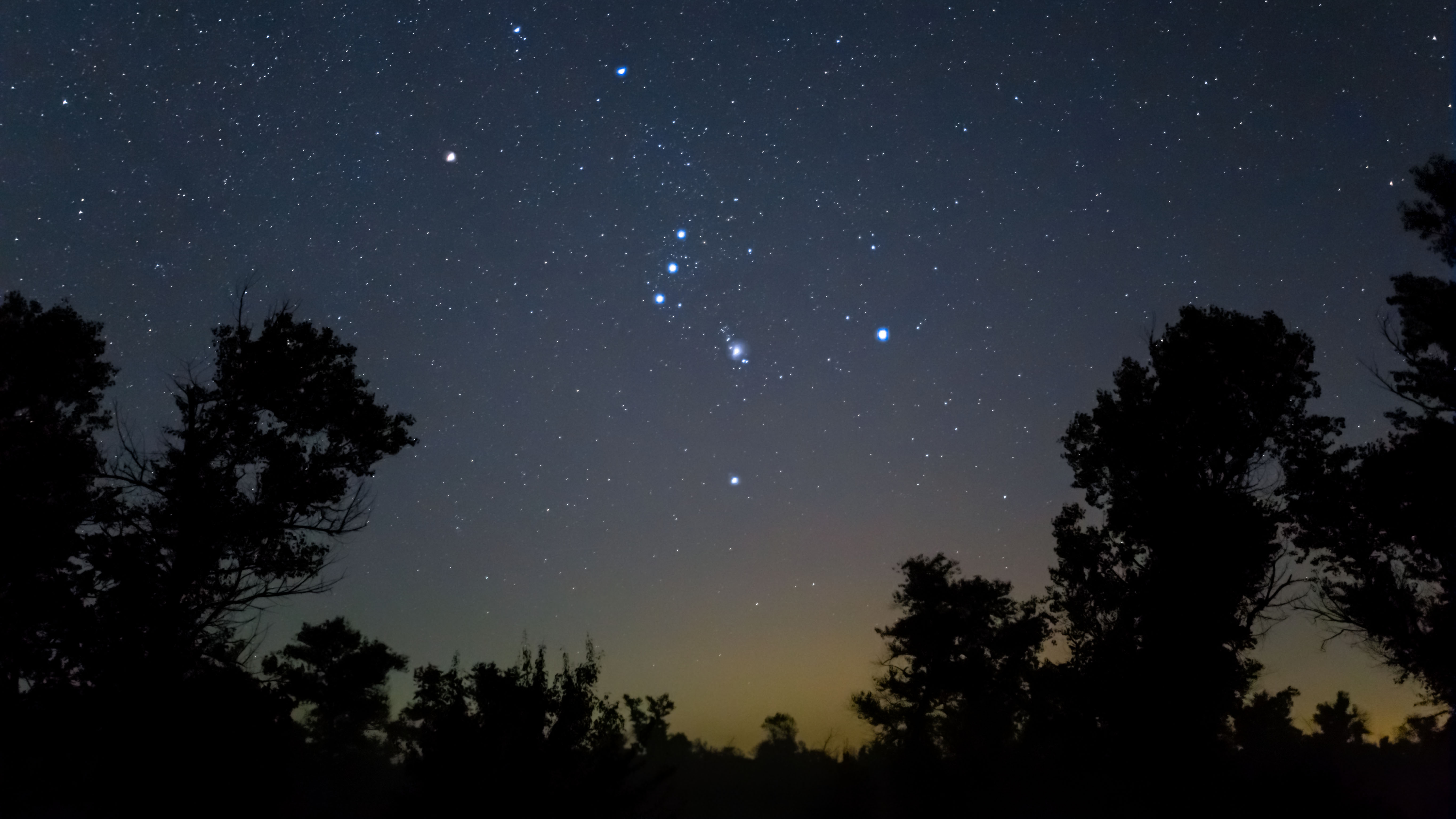
Astrophotography is undoubtedly one of the most challenging photographic genres to master, but the results can be magical and a wonderful way to explore the beauty of the night sky. We’ve spoken to a selection of incredibly talented women in astrophotography to find out more about what they do.
Looking for more basic tips? Check out our astrophotography for beginners guide, which has advice on equipment, timing and techniques, or learn about the best cameras for astrophotography. Some of the best photo editing apps might come in handy too.
Natasha Boorman
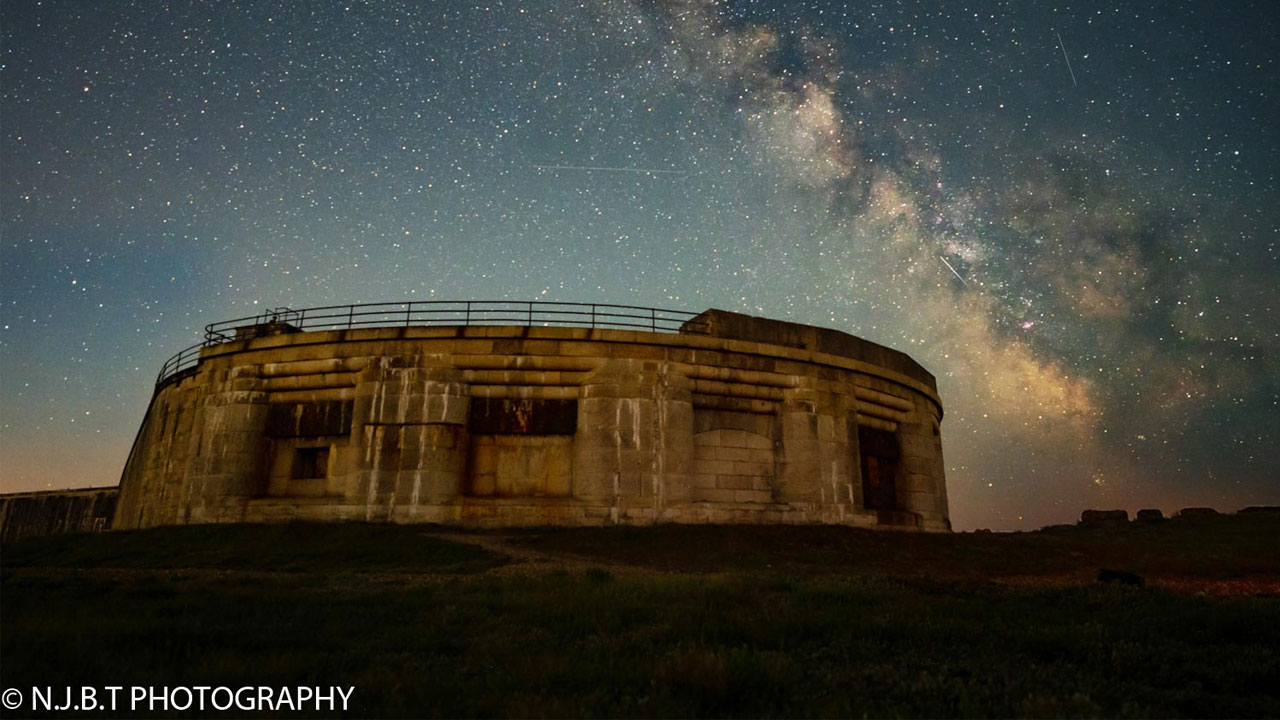
Astrophotographer Natasha Boorman is based in Hampshire, UK, where she’s been working as a freelance photographer for over a decade. She also offers Milky Way photography workshops, teaching people the skills needed to capture and process successful astro shots. “I’ve always been fascinated by the night sky, ever since I was a little girl and find it very peaceful to photograph the stars”, she explains. “I also really like the challenge, as astro is one of the hardest genres in photography. It helps with my mental health, allowing me to forget everything going”.
Natasha shoots with a Nikon Z6, Viltrox 20mm f1.8 lens, Benro tripod and a trigger. She occasionally uses a Benro True Night Filter to block light pollution and her mobile is always on hand to help with planning.
Natasha’s tips:
- Make sure you plan your trip well and pack your kit well before you go.
- Wear warm clothing as some nights will drop into minus figures.
- Make sure your batteries are fully charged and keep them in a pocket close to your body to keep them warm and help save the power.
- Know your location well – consider visiting in the daytime prior to your astro session.
- Have a head torch as well as a handheld one.
Siân Monument
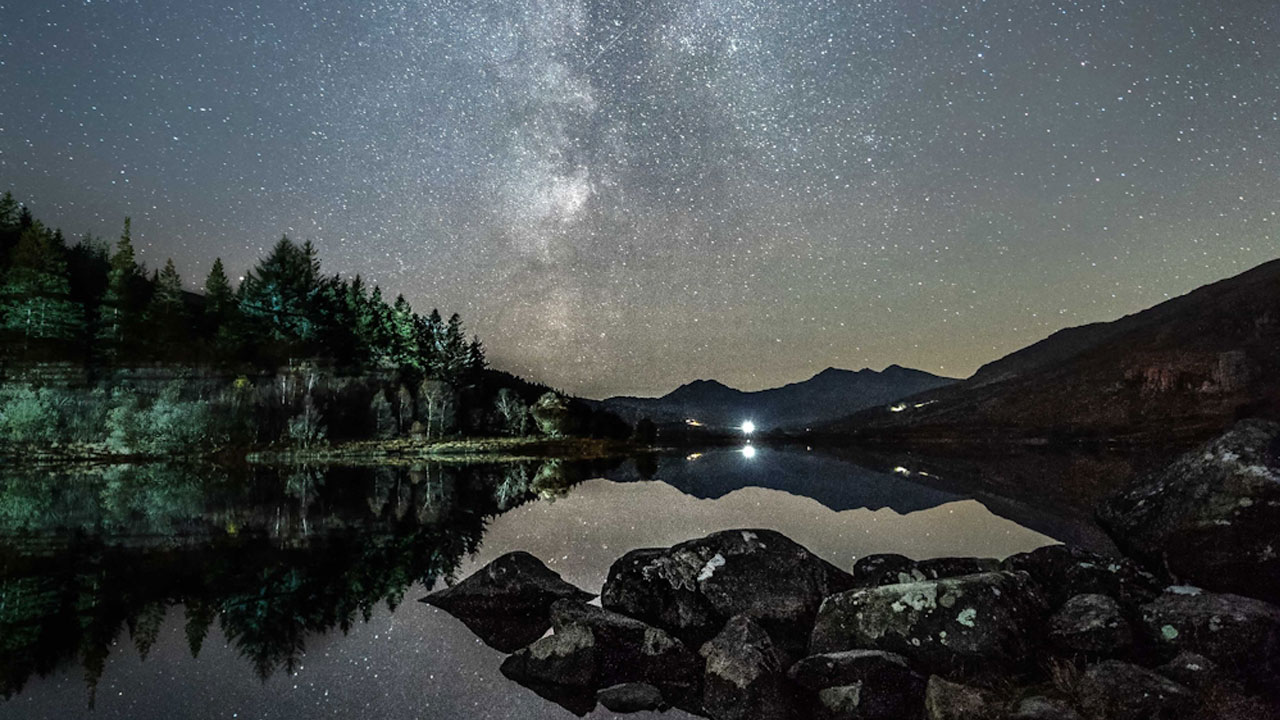
Siân is lucky enough to live and work in Anglesey, UK, which is a dark sky area. Primarily interested in landscapes, her work explores the phenomena of the night sky. “Anglesey offers so much for the traditional landscape photographer, from the many beaches and bays to the lighthouses and much more”, she says. “I acquired a taste for night sky photography whilst experimenting with my camera. My first ever Milky Way photograph was atrocious, but it was definitely exciting! It grew from there and I’ve not looked back. I adore the night sky; it’s fascinating how insignificant we are in comparison to the enormity of space itself.”
Siân shoots with a Nikon D750, a Nikkor 14-24mm lens and a Manfrotto tripod (which she says has seen better days!).
Siân’s tips:
- Be prepared for lots of failures to begin with and don’t expect perfection straight off.
- Have a camera and lens that you can afford and a sturdy tripod.
- Keep memory cards, spare batteries, a lens cloth, a torch, and a shutter release cable in your camera bag.
- Apps that help with sky alignments such as PhotoPills and Planit and weather apps are really useful.
- Have patience, it’s not easy and there’s a lot to learn. I often go out in a group and we all help each other.
Kim Stevens
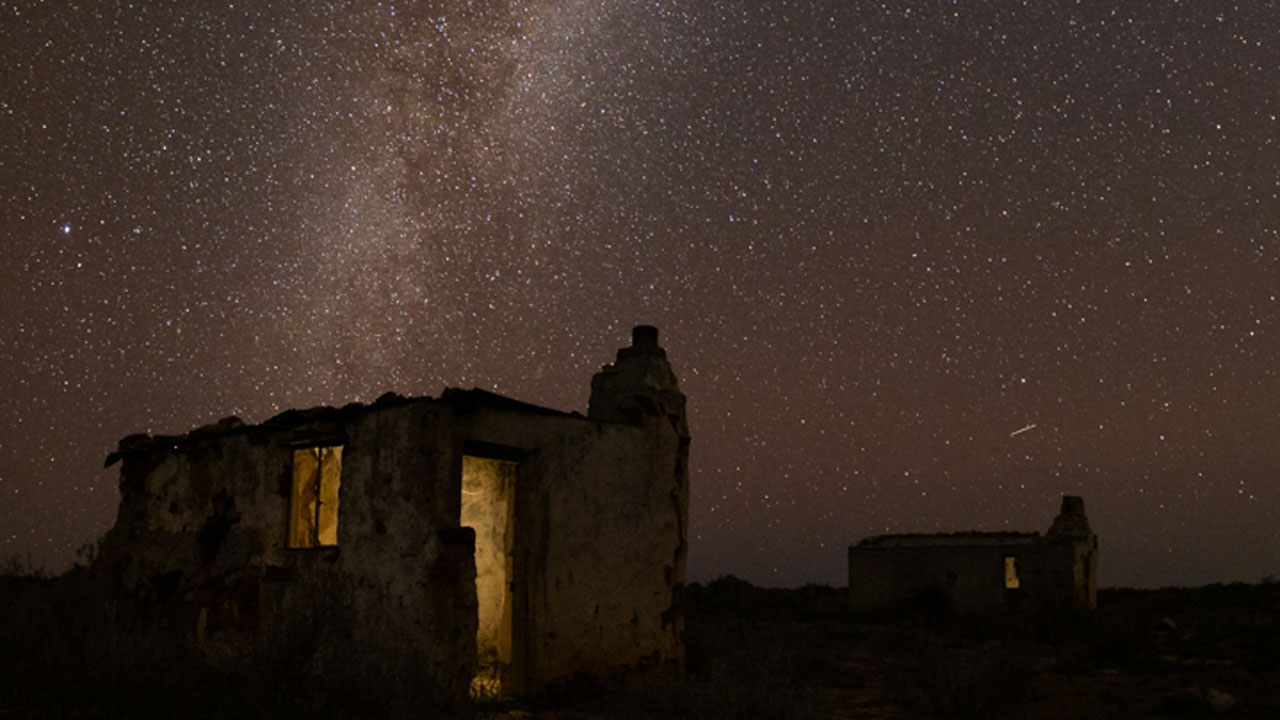
Based in Cape Town, South Africa Kim is primarily a fine art photographer, regularly judges honors panels for the PSSA (Photographic Society of South Africa) and runs long exposure workshops. She’s also passionate about capturing the night skies, “being in Cape Town, one only has to drive for approximately three hours to access almost dark sky reserve type conditions, with little or no light pollution. Our Milky Way season in the Southern Hemisphere is from March to October, so we have lovely crisp winter skies to photograph the galactic core. I use the PhotoPills app to assist with planning beforehand and on site. I love the natural look of single Milky Way shots as well as capturing what the eye cannot discern.”
Kim shoots with the Canon R5 and 15-35mm f2.8 RF lens, as well as a Canon 1DX Mk II with a 18mm Zeiss lens. She’s also a fan of the Sigma 20mm f1.4 Art lens. Two Gitzo tripods and a Canon intervalometer to use a remote release make up the rest of her kit.
Kim’s tips:
- Carry a good head torch and a soft lantern-type torch for lighting up abandoned buildings or doing light painting.
- If you’re using a Canon, put some gaffer tape over the red light they emit when exposing.
- Put reflective tape on your tripod legs so you don’t misplace your tripod in the dark.
- Wrap up warm and carry a microfiber towel to shield your camera and lens from the cold.
- An off-road vehicle equipped with recovery gear, extra blankets and coffee-making equipment is essential in South Africa (and other rural areas). A bottle of good red also helps to keep up the spirits while one waits for the camera to capture the magic!
Hanna Baguley
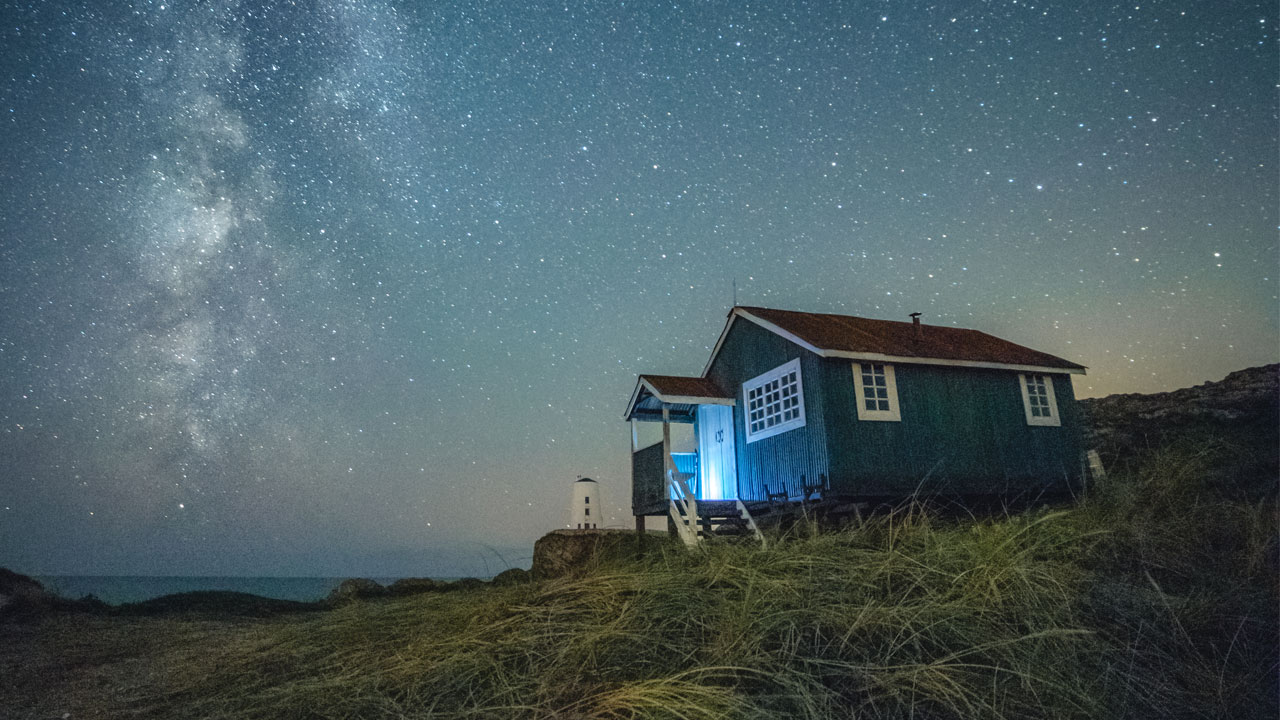
Brought up on the Isle of Anglesey, UK, Hanna grew up with a camera in hand and photographs people, landscapes, and the night sky. “I feel incredibly lucky to have been able to grow up with our beaches, mountains, rivers and incredible dark skies as the most amazing playground," says Hanna. "As an astrophotographer, I love the stillness of a clear night sky and feel privileged to be able to capture and document it. In North Wales, we are lucky enough to live in a dark sky area – an area which attempts to minimize light pollution and promotes astronomy.”
Hanna uses a Canon 6D Mk II, paired with a Sigma 35mm f1.2 and a Samyang 14mm f2.8, along with a sturdy Manfrotto tripod.
Hanna’s tips:
- Use an app to help you! I use Planit Pro, through which I’m able to gauge the position of the Milky Way in relation to my foreground.
- Plan ahead – scope out your area and check the weather.
- Wrap up warm and bring plenty of warm drinks. If you’re anything like me, you’ll spend hours stargazing!
Imma Barrera
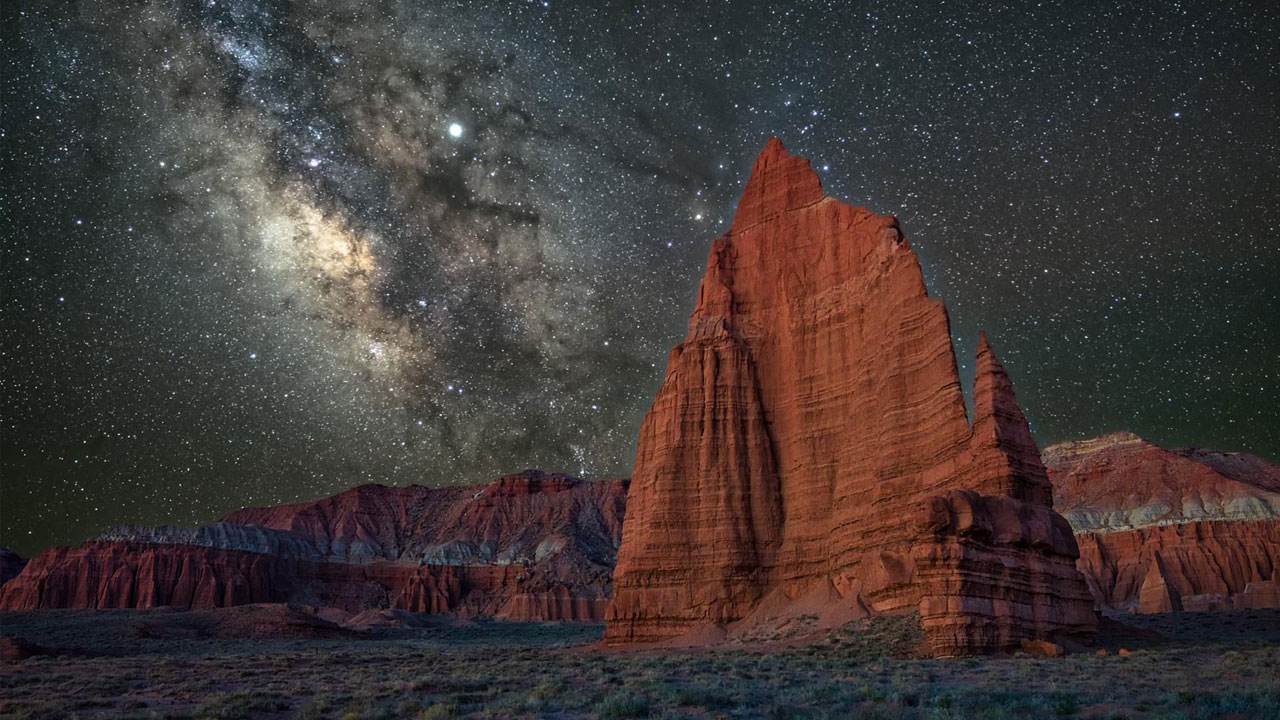
Born in Barcelona, Spain, Imma is a landscape and nature photographer based in Metuchen, NJ, USA. She has published books on the night skies in NJ, been selected for several Artist-in-Residence programs and won awards for her work. “My background is in science and biology," she says, "and I have always been fascinated by nature. I view photography as the perfect way of combining my scientific analytic approach and curiosity to document what is truly beautiful and inspiring on this planet. Night photography offers a chance to capture scenes that few ever see and can be truly awe-inspiring.”
Imma is currently shooting with a Nikon D750 but plans to upgrade to a mirrorless camera soon. Her favorite lens is the Sigma 14-42mm Art lens.
Imma’s tips:
- Don’t feel intimidated by the ‘demands’ of astro (sleepless nights, shooting in the dark etc.) because the rewards can be amazing once you see the image you have created.
- Always challenge yourself to look for ways to improve your images, not just technically but also artistically, and never cease to learn.
- Know your camera like the palm of your hand.
Jennifer Wu
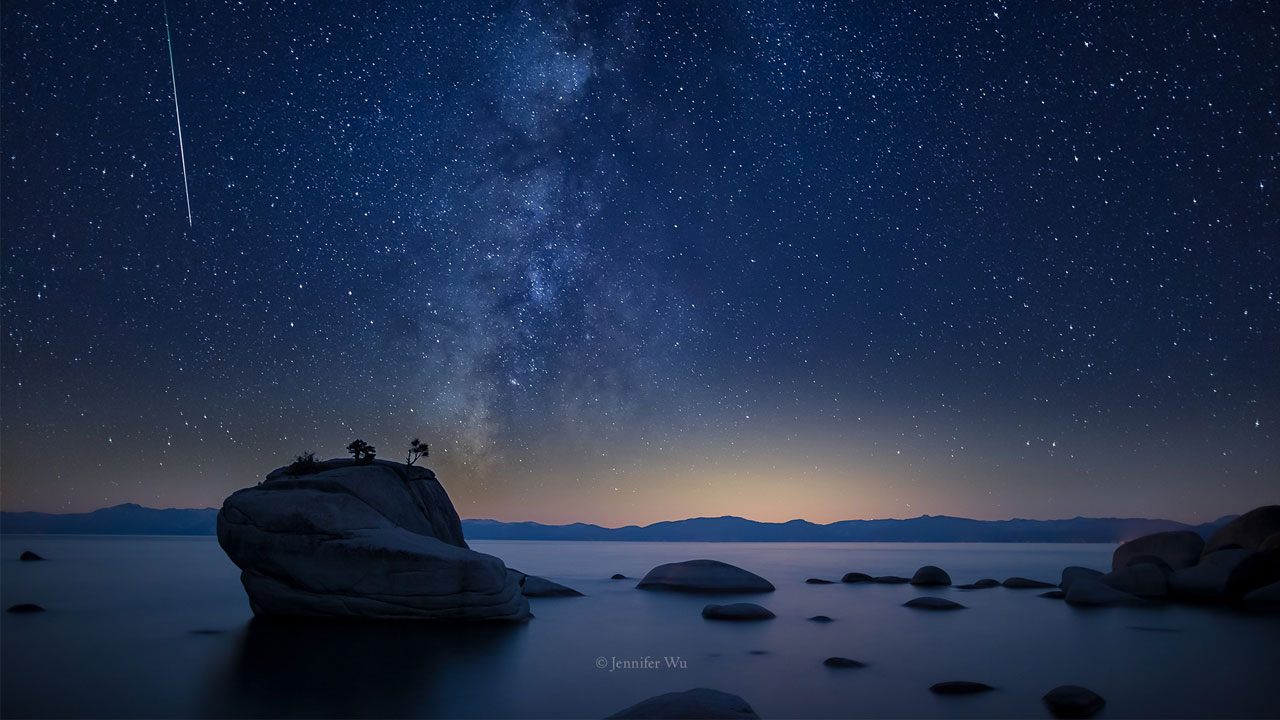
Jennifer is based in Nevada City, CA, USA, where she specializes in photographing the night sky. She is a Canon Explorer of Light in astrophotography, an author, lectures on photographing the Milky Way and her work has been published in numerous magazines, newspapers, and advertisements. “I became inspired to do night sky photography when seeing night shots of Yosemite Falls and stars lit by the full moon”, she explains. “Then I went on a trip to the Bristlecone Pine Forest during the new moon and was amazed when I photographed the Milky Way with the hidden colorful gases revealed! There were more stars than I could see with my eyes alone, it was just incredible. I was hooked.”
Jennifer shoots with the Canon 5D Mk IV and the Canon 14mm f2.8, 15mm f2.8, 16-35mm f2.8 and 24mm f1.4 lenses. She also uses a Really Right Stuff TVC-23 tripod with BH-55 ballhead.
Jennifer’s tips:
- Go somewhere dark! Dry desert air allows for more visible stars, as well as at higher elevations.
- Check out The International Dark-Sky Association, who work to protect the night sky and you can look up dark sky areas.
- The summer months are a good time to photograph the Milky Way for the dense colorful core.
- When photographing the stars, make them more compelling by finding an interesting foreground element like rocks, lakes, or trees.
Lilian Hobbs
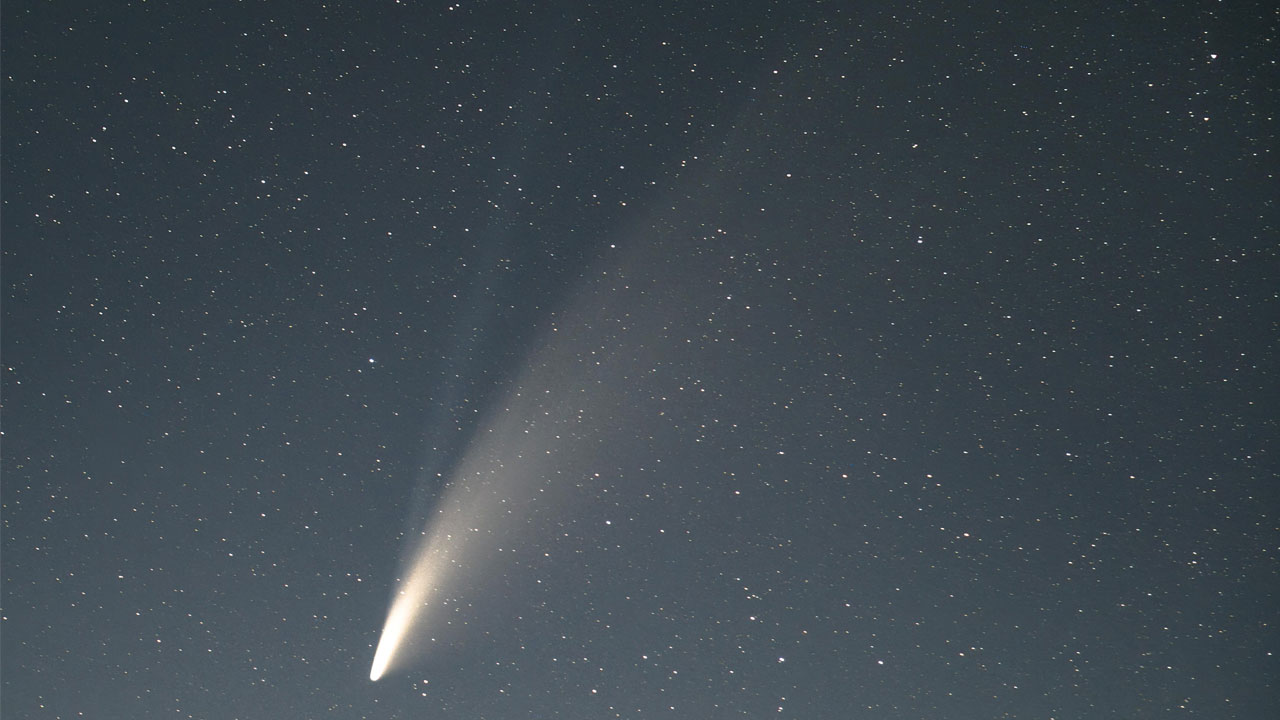
Lilian is a Fellow of the Royal Astronomical Society, with a particular interest in Deep sky astrophotography. “I have been interested in astronomy for a very long time and the introduction of the CCD camera changed my world. Before that I had a basic telescope and an SLR camera that I attached. Now I have several observatories in my garden where my telescopes are permanently mounted, with one specializing in deep sky photography.”
Lilian advises anyone starting out to try easy stuff first. “Have a go at taking photos of the different phases of the moon, you can do that with almost any camera. Star trails are fun to do – if you have a GoPro or similar action camera, their night mode enables you to take great star trail photos.”
If you’re looking to try out deep sky astrophotography, Lilian’s top tip is to invest money in the telescope mount so that it tracks well. You can always put a cheaper camera or telescope atop the mount. And the good news is that there are now some very good affordable telescope mounts on the market!
Join our Space Forums to keep talking space on the latest missions, night sky and more! And if you have a news tip, correction or comment, let us know at: community@space.com.
Get the Space.com Newsletter
Breaking space news, the latest updates on rocket launches, skywatching events and more!










